The Global Center for Social Innovation – Tokyo (CSI), of the Research & Development Group of Hitachi, Ltd. (Hitachi) is engaged in the Vision Design Project and pursuing how technologies should be used in given circumstances by thinking about what customs and traditions will newly form in the age of a digital networked society. Upon considering past successes in Vision Design, CSI is now engaged in a project called Future Living Lab (FLL). To obtain more insight into FLL, we interviewed two of the project's members: Yoshitaka Shibata, Senior Designer for the Vision Design Project, and Toshiomi Moriki, Senior Researcher, Service Design & Engineering Department.
(January 9, 2020)
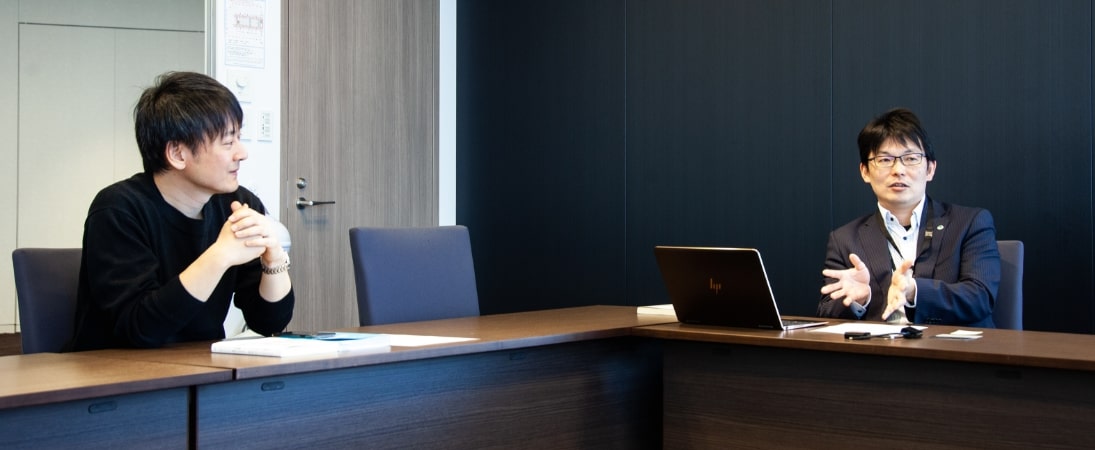
Shibata:Future Living Lab (FLL) is a methodology by which we find solutions to issues that communities face through open and long-term initiatives. In FLL, we introduce cutting edge-technology and knowledge with participation by a diverse set of stakeholders from the community to find solutions to various changes in society that have not been experienced before. A number of past examples of living labs can be found in various cities of the European Union including Helsinki, Copenhagen, Amsterdam, and London, and in the domain of community design, living labs are a practical way by which designers proactively enter the public sector.
In 2016, Japan's Cabinet Office produced the concept "Society 5.0." At the time, the German government's "Industry 4.0" was gathering public attention, and in response Japan opted to us the term "Society" instead of "Industry," as it connected with the idea of imagining a future where people gathered together. However, when this initiative was launched, there was some awkwardness concerning specific proposals. For example, when translated into English, Japan's "Society 5.0" initiative contained the subtitle, "super smart society," despite the fact that we were actually aiming for "beyond smart society." This is because we believe that we must create new value that exceeds mere convenience.
This is when we redefined our Vision Design activities, which we had launched around 2010, and relaunched our initiative in 2016 to take next steps. After our relaunch, we started to produce videos that depicted a future where new value was created in peoples' lives through technology, but we soon realized that these scenes take place in regional areas rather than in city centers.
The timing of this realization happened to overlap with CSI's relocation from our Akasaka site to the Central Research Laboratory in Kokubunji City. As such, in order to test whether we could create new value with people in regional areas in reality, we utilized the future-oriented living labs to implement our vision.
In order to realize matters that cannot be taken out of the local context, each designer and engineer established individual networks with local community members of Kokubunji City to launch our FLL activities. Although we are still in the early stages of this initiative, we are trying to identify issues that the general population living in this area will likely face, rather than the issues that the municipality of Kokubunji City is facing, so that we can think about what we can do to ensure that people are happy in the future.
We thought that the scale of the initiative should be "communities where people recognize each other's faces," such as the Kokubunji Station area, and we have just started to engage local companies, store associations, and individuals and groups who contribute to urban development.
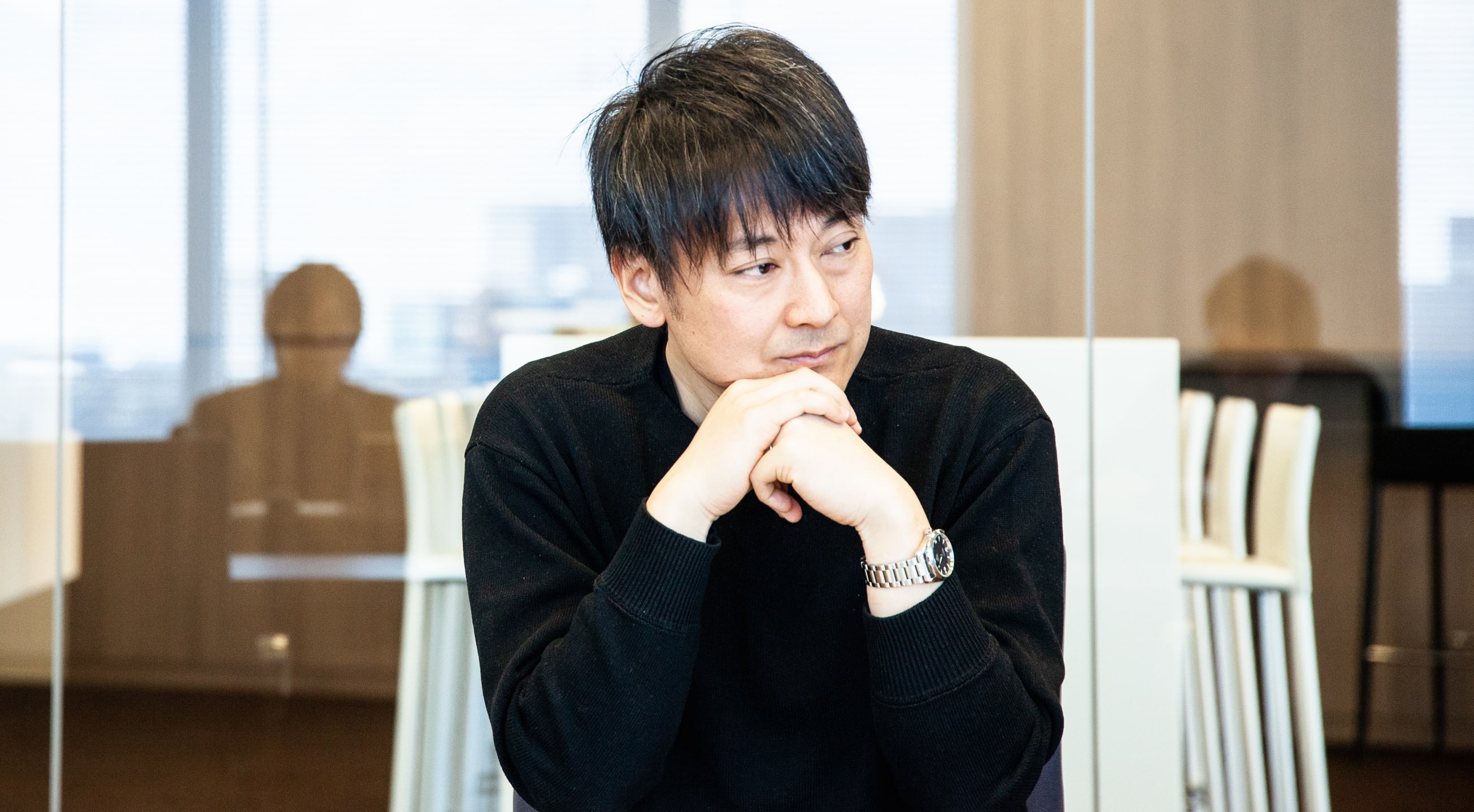
Moriki:I am currently involved in FLL as a researcher on blockchain and virtual currency. I was initially involved in research on large-scale computing devices for businesses at the Central Research Laboratory. Thereafter, I transferred to research on storage, and started to specialize in blockchain and virtual currency. In 2016, I had the opportunity to spend a year in Seattle.
While I was in Seattle, I experienced a significant turning point in my life when I encountered the positive and free-spiritedness of the West Coast of the United States. I returned to Japan stimulated by a fresh appreciation for thin organizational barriers, a respect for technology, and an aggressive stance which can be described as a type of startup mindset, "Let's strike gold with this technology!"
In terms of R&D methodology, I touched on DevOps, which operates under the premise that services can be used immediately, as well as agile methods. From a conventional R&D perspective, the products may seem like toys, but it is an approach that seeks to make useful products that can be used as soon as tomorrow.
Even when we dealt with BtoB financial clients in Seattle, people connected casually as if they were networking saying things such as, "Let's try to make product X! We have Y and Z to work off already." In Seattle, venture firms were able to stand alongside major firms through this kind of approach.
From my experience in Seattle, I learned that we will always lag in terms of speed if we engage in business as usual, and that true innovation will never happen if local residents do not accept the services we create. Having learned this, I chose to work at CSI when I returned to Japan.
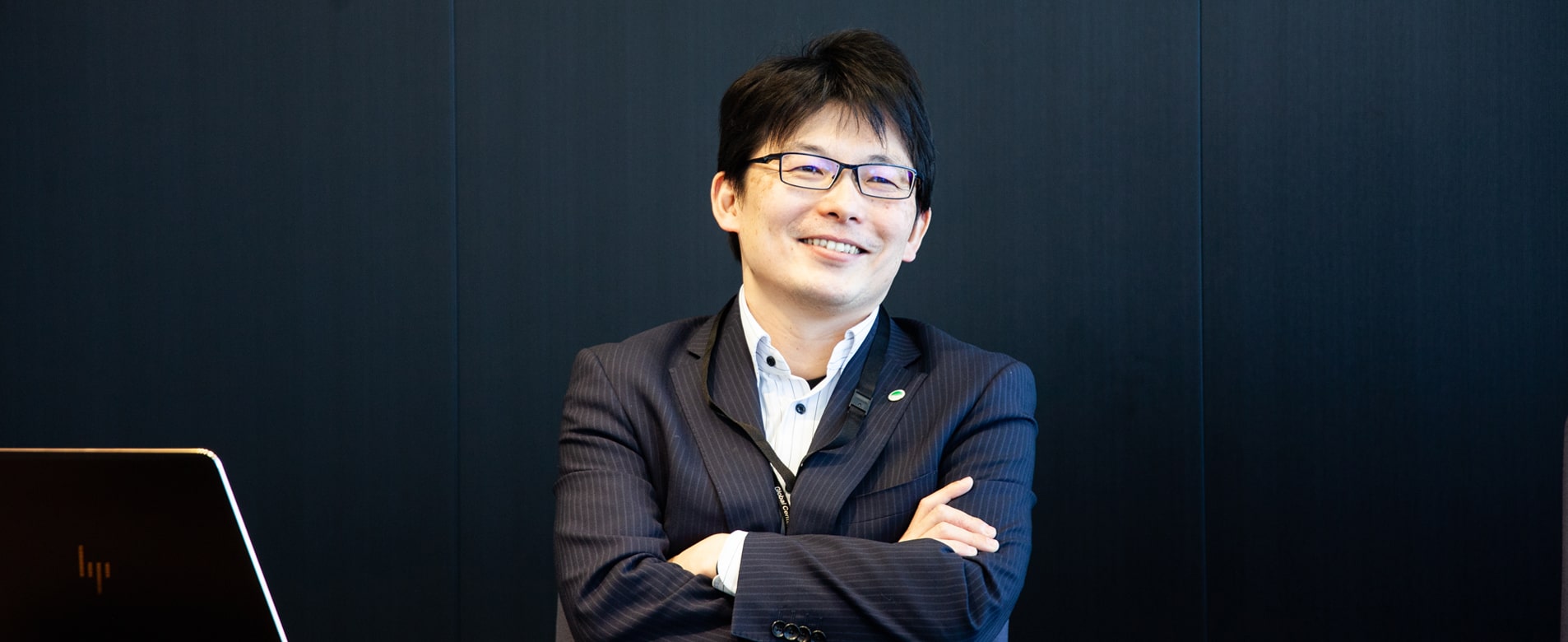
Moriki:After returning to Japan, I conducted R&D on blockchain for a while. However, this was technologically oriented and not human-centric. While it is true that the possibilities are near limitless with blockchain, as the case of Bitcoin exemplifies, some people just want to earn heaps of money using virtual currency, while others simply collect money by creating mock-ups of future banks, meaning that most of its implications have nothing to do with ordinary people. I was quite discouraged.
If I was going to work with it regardless, I wanted to create true innovations with blockchains that would impact people. As I was starting to think that there was no purpose to conducting financial R&D unless we could change the way "money flows" for ordinary people, some local digital currencies started popping up in Japan such as the Sarubobo Coin of Hida Shinkumi Bank and Aqua Coin in Kisarazu City, Chiba Prefecture. Parallel to this, in around the second half of 2017, I started to wonder if we could apply Silvio Gesell's (1862-1930, German economist) idea of "currency depreciation" to IT.
This timing overlapped with the launch of Kyōsō-no-Mori (forest of collaborative creation) at the Central Research Laboratory, Kokubunji. Hitachi held an internal call for proposals on large research agendas that were not simply an extension of past research. I jumped at this opportunity and explained that I wanted to create community currencies by engaging with local financial institutions, companies, and stores in partnership with Hitachi.
Fortunately, my proposal was selected and was granted a budget. Seeking to create contacts with locals in Kokubunji, I consulted a drycleaner in the shopping district near the north exit of the train station who had relations with the Kokubunji City Society of Commerce and Industry and the Junior Chamber (JC) Kokubunji. Furthermore, I was introduced to the ex-president of JC Kokubunji, who agreed to join my initiative when I suggested that the future belongs to local communities. In addition, I was also able to build relationships with the president of the Kokubunji City Society of Commerce and Industry and various other people in the office, as well as the point subcommittee of Kokubunji City Hall's Economic Revitalization Committee.
In fact, this point subcommittee was in the process of deciding what local points would be, though they were stuck given that they needed to respond to smartphone usage and the consumption tax hike. In May 2018, I was invited to one of their meetings where I talked about blockchain. Afterwards, we started having discussions about how we could digitalize a local currency, and decided to try it out that summer at a local street festival called BunjiBar.
BunjiBar is an event held in the shopping district near the north exit of the train station, and it was held for the seventh time in 2018. Tickets the length of a business card are sold in a bundle of seven at 400 yen a ticket, and people visit up to 42 local restaurants and enjoy food and drink for a full week. With a total of 3,000 tickets, 1.2 million yen would flow, but all of this has taken place with paper tickets and cash. It was difficult to have to carry around hundreds of paper tickets when converting them, and the tickets were often lost at the back of cash registers. To combat these issues, we decided to create a smartphone application that could be used in place of tickets at the BunjiBar festival.
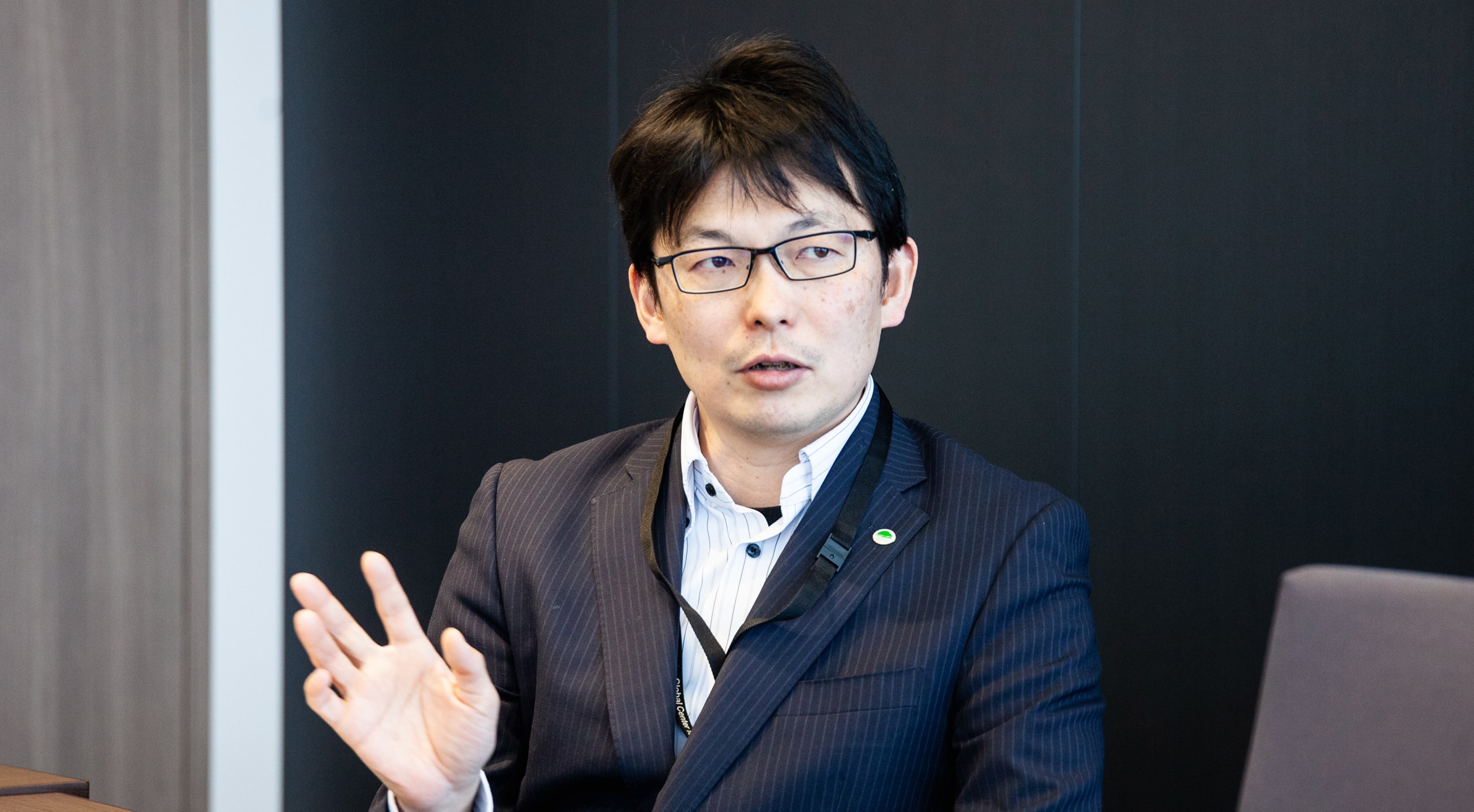
Shibata:When designing the application for the BunjiBar festival, the Vision Design team, comprised of designers and cultural anthropologists, partnered with the engineering team.
Moriki:The design team joined us, and together with local residents we thought about "Why we wanted to use community currencies and how we were going to use blockchain." This is where we learned that while we could draw up visions for local production and consumption economies, and "economies where people's faces are visible," it was difficult to imagine that local residents would choose this as their preference.
To get people to use community currencies fondly, we thought we needed an application that contained both value as money and social capital, so we set out to create a platform for this. In other words, we imagined a world that is increasingly connected through "Likes." Specifically, if all we did was use smartphones to collect tickets, people would just have to scan their phones after going to a store. However, this seemed rather boring, so we created an application where employees of stores had to touch customers' smartphones in order complete transactions. Despite the inconvenience, in the end, the fact that both sides had to touch the screen at the same time was a big hit.

Ticketing application trial at the BunjiBar event
Shibata:Parallel to the BunjiBar project, the design team was in contact with people engaged in community design for the Kokubunji neighborhood.
We valued the word "trust" as our theme. As we function in society in the future, how we connect with other people and objects will likely change drastically. In the midst of this, a new form of "trust" is likely to emerge, but how will this actually take place? As we had discussions like this to see how we could approach this change with the local community, we encountered a fascinating project called Koku Vege which promotes local production and consumption in Kokubunji.
Capitalizing on the fact that Kokubunji is known to be the source of the selected hundred exquisite waters of Japan, Koku Vege is an initiative of Kokubunji City to spread a culture of local production and consumption by having restaurants near Kokubunji Station use locally sourced agricultural and livestock products. The people who we met were those who would transport vegetables from the farms to restaurants, connecting production to demand for consumption, and were responsible for the core network of Koku Vege.
As we were bouncing off ideas of how we could partner with them, we started talking about how the local connection could be strengthened if more people knew about how wonderful it was to consume locally produced vegetables. While Koku Vege is a wonderful initiative, general citizens' role as consumers does not change whether or not they consume Koku Vege products at restaurants. This is where we thought that we could create change by drawing attention to the system of local production and consumption, which would ultimately change the role of the consumer.
Specifically, this meant that we would amass vegetables at Kokubunji Station and have people select the vegetables they wanted to eat. Next, they would bring these vegetables to a restaurant of their choice, who would then cook up a meal. While the Koku Vege people were in charge of transporting vegetables until then, we thought people could get a sense of the meaning and goodness of this initiative by participating in the process of local production and consumption. We proposed this idea around August of last year, and created a web application for "choosing vegetables, connecting with restaurants, and navigating to restaurants," and launched it at an event in Kokubunji called Bun-Bun Walk in November.
While this was happening, we also launched a three-month project with the theme of "trust" with Musashino Art University in neighboring Kodaira City. At the end of last August, we gathered 30 students selected from the student body of Musashino Art University and conducted a workshop under the theme of "change." Students from Hitotsubashi University in Kunitachi City, the next city over, also participated in the workshop to think about what new "change" might occur in Kokubunji.
Last November, Koku Vege, students, and Hitachi presented four projects at Bun-Bun Walk under the themes of "trust" and "nonmonetary economies." While these did not necessarily touch on community currencies, we believe that it was an activity that enabled us to think about how we might use community currencies, particularly from the perspective of establishing connections that will not be liquidated through the exchange of money.
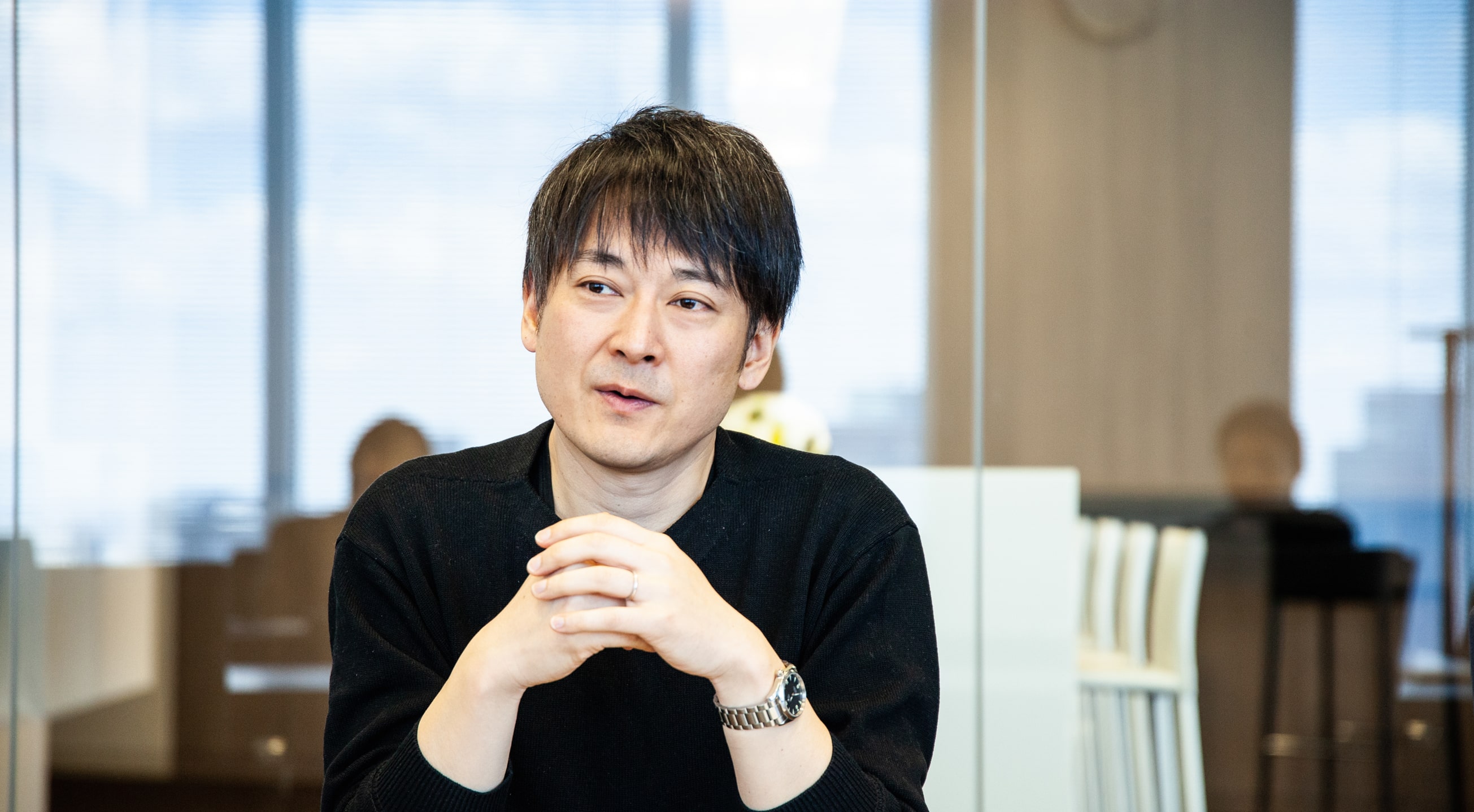
Moriki:There are still many aspects of virtual currency that are not technically sound. For example, there is a computer called a node that mediates the exchange of money. In our society, these would be the equivalent of branch offices of banks. However, nodes are designed so that all of them carry equal weight. As such, all money reception/payment data must be stored at all of the branches, which makes the process extremely inefficient. While a few algorithms have been suggested to improve these systems, such as transmitting information to only a few designated nodes in a specified order, these improvements cannot be implemented in their current form. In the future, virtual currencies will likely experience explosive growth if a single smartphone could support one node. However, for the time being, we hope to create value by using our current technology within the range that people could manage it as an ecosystem.
In broad strokes, our end goal is to democratize and commodify technology. In the past, the number of people who could write programs were extremely limited. However, as technology downsized from large machines and punchers to workstations and PCs, the range of people who can write programs has expanded drastically, and now people only have to play around with graphical user interfaces (GUI) to write programs. In the past, only countries could print money, and cash was circulated in limited quantities. From now on, we will be living in a world where people can create their own money. As the "democratization of IT" and the "democratization of money" progress, we want to create a world where more than a select number of people can become rich and happy.
Shibata:In the end, we hope to create a new social system, or at least find a new role for Hitachi in a new society. We hope initiatives such as Koku Vege in Kokubunji City and community currencies that we have conducted in partnership with store associations and societies of commerce and industries will increase in various regions under the leadership of communities. We believe that it would be beneficial to create a platform that can absorb and classify these initiatives. While regional communities from the U.K. helped the Vision Design Project establish the idea of "economies where people's faces are visible" in a new age, in the future, we hope that FLL activities can take up initiatives in Japan and abroad.
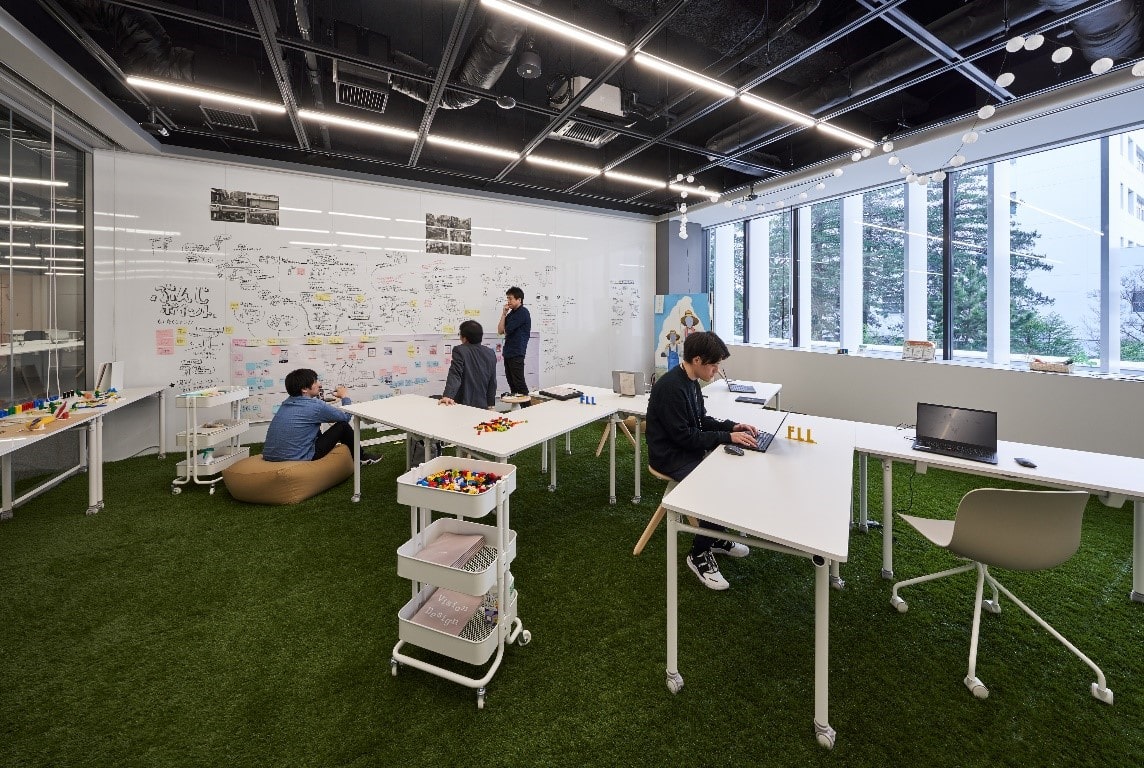
FLL project room in the Collaborative Creation Tower
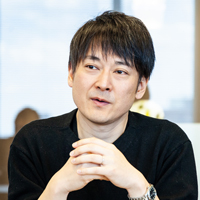
While community designer Ryo Yamazaki (studio-L) has written many books, "Shukujusuru Nippon" (Chuko Shinsho) is one of my favorites because it explains the necessity to "change" social systems that were established during growth periods in a simple way. Moreover, as I think about my role as a designer, I would recommend "Design Driven Innovation (Next Publishing)" (Cross Media Publishing, 2016) Roberto Veganti and "The Semantic Turn – A New Foundation for Design" by Klaus Krippendorff (SIBaccess Co., Ltd. 2009). Though both of these can be difficult reads, they provide many realizations which can give us energy.
Yoshitaka SHIBATA
Senior Designer Vision Design Project
Global Center for Social Innovation – Tokyo
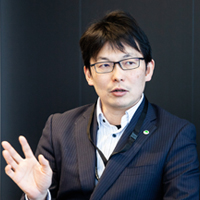
While I do not have a particular attachment to a specific genre, and will read anything depending on how I am feeling, I do have an appreciation for fantasy novels. If you are looking for a fantasy novel related to community currencies, you cannot bypass Michael Ende. In "Momo" (Iwasaki Shoten), Ende depicts a banker who steals peoples' time, and the protagonist of the story, Momo, inquires why people are so obsessed with money. Ende's "The Neverending Story" (Iwasaki Shoten), teaches us the importance of creativity and working towards it. There is no age in which peoples' mindsets have been so entangled with money, and I am very curious as to how our era will be depicted in 200 to 300 years.
Toshiomi MORIKI
Senior Researcher Service Design & Engineering Department Global Center for Social Innovation – Tokyo